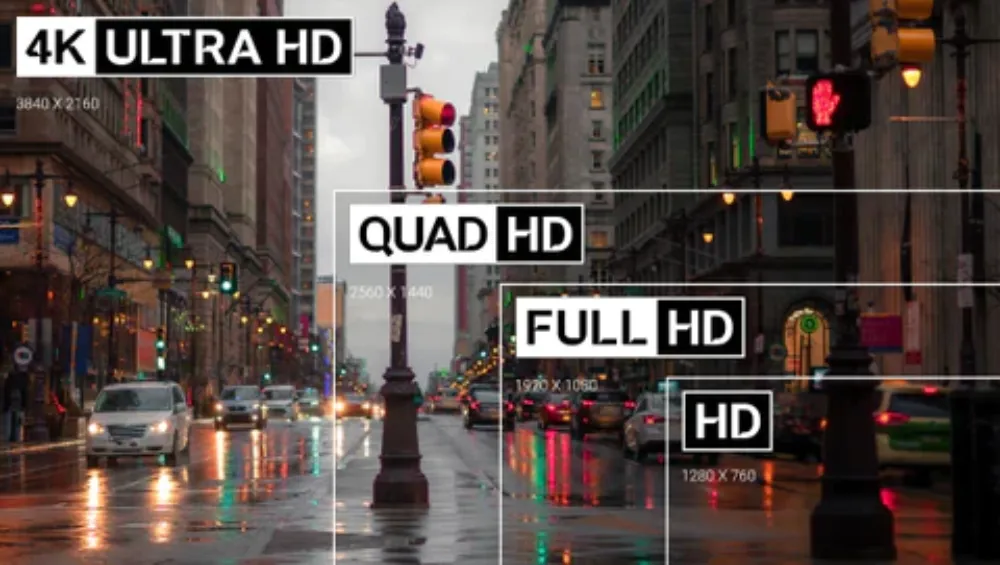Difference Between 480p, 720p, 1080p, 1440p, 4K & 8K Resolutions

One of the most important factors you should consider when buying a dashcam is the video resolution. The video resolution determines the quality of the video footage captured by your dashcam. The higher the resolution, the clearer the footage will be, making it easier to identify details such as license plates, street signs, and faces.
Video resolution is measured in pixels, which are the tiny dots that make up an image. The more pixels an image has, the higher the resolution and the clearer the image. When it comes to dash cams, the most common video resolutions are 720p, 1080p, 2K, and 4K. The resolution you choose will depend on your specific needs and budget. While 720p and 1080p are still widely used, 2K and 4K are becoming more popular due to their superior image quality. However, keep in mind that higher-resolution footage takes up more storage space on your memory card and may require a more powerful processor to handle the video files.
Choosing the right video resolution for your dashcam is crucial for ensuring that you capture clear and detailed footage in case of an accident or other incident on the road.
Different Resolution Naming Summary
| Actual Resolution | Resolution Conventional Name | Name for Quality |
| 720×480 | 480p | SD |
| 1280×720 | 720p | HD |
| 1920×1080 | 1080p | Full HD (FHD) |
| 2560×1440 | 1440p | Quad HD (QHD), WQHD |
| 3840×2160 | 2160p | Ultra HD (UHD), 4K |
| 7680×4320 | 4320p | 8K UHD, 8K |



